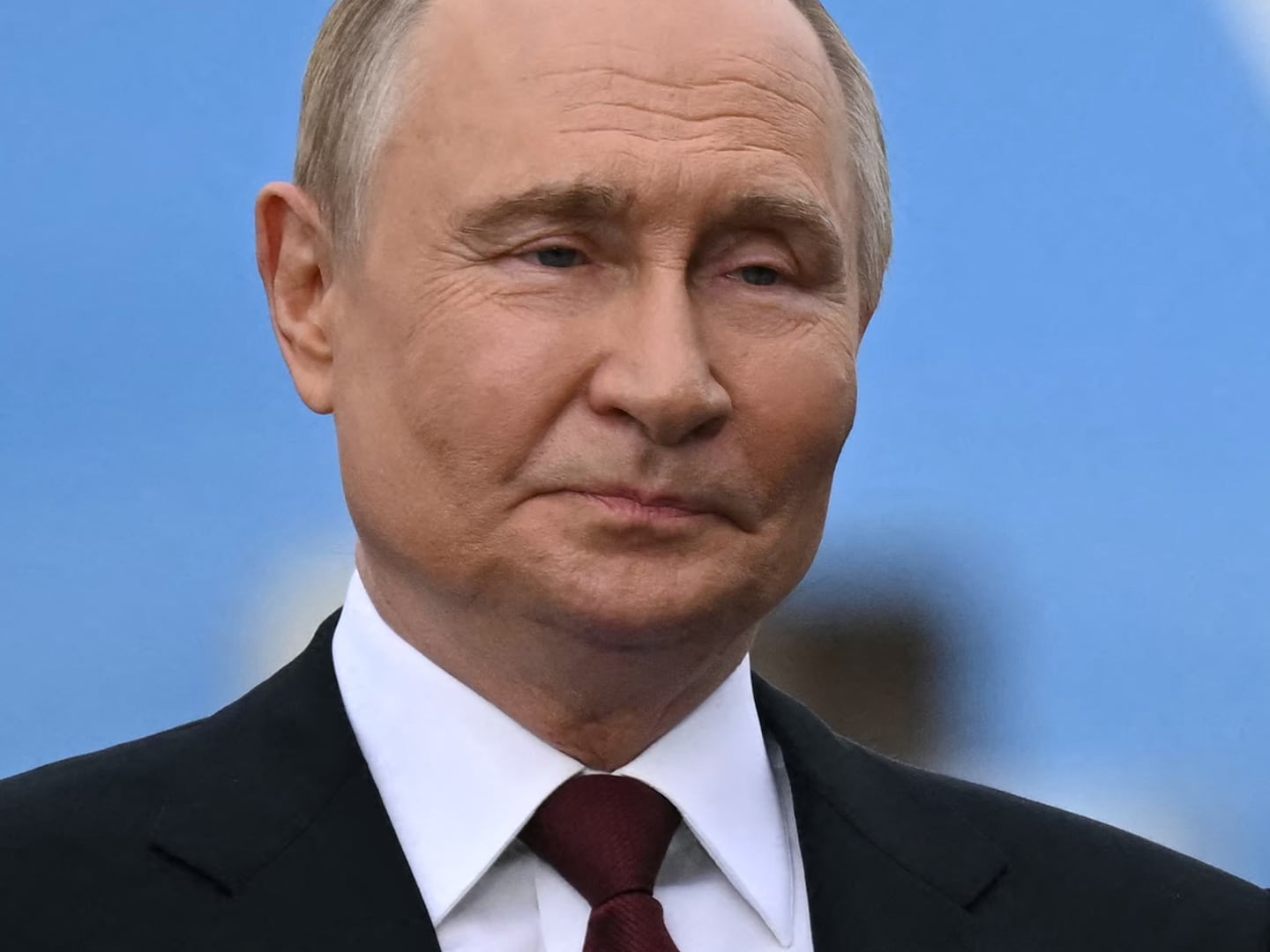Now that accused Canadian serial killer Bruce McArthur has been apprehended, LGBT advocates are asking why police didn’t piece together years of reported disappearances in Toronto’s Gay Village sooner than they did.
Last December, as Vice and other outlets reported, Toronto police downplayed rumors that a serial killer was targeting the gay neighborhood, when the community raised the possibility that two recent disappearances in the area could be connected to missing persons cases involving men of Middle Eastern descent in the early 2010s.
But on Jan. 18, as the CBC reported, police arrested 66-year-old Bruce McArthur after they entered his apartment and found a young man in restraints, later charging him, as the CBC further reported, with five separate first-degree murders of men.

The “serial killer” rumors, it would seem, were not rumors after all—and police are now using that language to refer to McArthur.
“I think it really speaks to a lack of communication between police and community,” Jeremy Dias, director of the Canadian Centre for Gender and Sexual Diversity (CCGSD), told The Daily Beast, adding that “a situation like this really brings to light how difficult that relationship is and how much work is still required.”
Dias says that he is “kind of encouraged” by the conversations the LGBT community is now having with Toronto Mayor John Tory—who, as the CBC noted, announced his intentions earlier this week to meet with LGBT advocates to discuss the McArthur investigation—but added that there is still a long way to go to build trust.
“There are systemic and structural barriers that need to be addressed,” he added.
The crimes of which McArthur stands accused are horrific and graphic. He has now been charged with murdering five men, most of whom had previously been reported missing: Andrew Kinsman, Selim Esen, Majeed Kayhan, Soroush Marmudi, and Dean Lisowick.
While working as a landscaper, McArthur reportedly stashed the remains of some of his victims in potted plants and there may be more victims left to find. As the Associated Press reported, police are looking at “about 30 properties” that McArthur landscaped for bodies.
“We do believe there are more [victims],” Sgt. Hank Idsinga said at a press conference, adding that authorities “have no idea how many more there are going to be.”
But as the Toronto police—who did not immediately respond to The Daily Beast’s request for comment—continue their search for more of McArthur’s victims, Canadian LGBT leaders, as the CBC first reported, are now interrogating the role that factors like race and class may have played in the investigation thus far.
On Jan. 24, the Toronto-based Alliance for South Asian Aids Prevention (ASAAP) released a community bulletin alleging that “the Toronto Police Service failed to provide adequate resources and effort in their investigations” of the disappearances of four South Asian and Middle Eastern men over the past seven years—two of whom, Majeed Kayhan and Selim Esen, now number among the five men McArthur has been charged with killing.
The police had launched an investigative project—“Project Houston”—into the earlier disappearances but it was “Project Prism,” launched in the summer of 2017 when Esen and Kinsman, who is white, went missing that apparently led to McArthur’s arrest.
“What the South Asian and Middle Eastern community has been saying for so long is [that] the police haven’t paid attention to these cases at all,” Haran Vijayanathan, the executive director of ASAAP, told The Daily Beast, when asked about the sentiment behind the community bulletin. “There’s always been frustration around that. So this feeling that it had to take a white man to go missing for other people to be found is a statement of how the community was feeling at the time—and is still feeling.”
The community bulletin asks for the Toronto police to commission an external, third-party investigation that “should explicitly consider whether the race or perceived sexuality of the missing men affected the resources and quality of the investigation into their disappearances” in addition to paying attention to those same considerations in the “ongoing internal review.”
Privately, when trying to fathom the violence, Vijayanathan wonders whether McArthur could have counted on there being comparatively less public attention paid to missing men of South Asian and Middle Eastern descent when selecting his alleged victims.
“I can’t help but wonder if Bruce McArthur said, ‘You know what? These are the people that no one’s going to pay attention to, so this makes my life easier,’” he told The Daily Beast.
Information is still emerging about McArthur and how he knew his victims.
As the Canadian Press news agency summarized, Kinsman and McArthur had a sexual relationship but McArthur’s ties to Esen, Lisowick, Mahmudi, and Kayhan have not been publicly discussed or disclosed.
The men range in age from early forties to late fifties. Police, as the CBC reported, have toed the line between acknowledging that McArthur may have targeted gay men and leaving the door open to find a broader range of victims.
“I think the common thread in Houston is that all three men were from the Gay Village and associated to the Gay Village and they were all of Middle Eastern descent,” Idsinga said at a press conference, referring to the investigation into the earlier disappearances, before noting that Lisowick, who was homeless, and Mahmudi don’t fit that pattern.
McArthur himself has an apparent pattern of violence that is only now reaching the public eye. As the Toronto Star first reported, the alleged serial killer had been convicted in 2003 for assaulting a man with a pipe in 2001, with two conditions of his sentence being that he should no longer spend time with male sex workers and avoid an area of Toronto surrounding and including the Gay Village.
McArthur’s alleged crimes, as the National Post reported, stand in stark contrast to his “unremarkable”-seeming life as a landscaper often spotted in the Village.
With McArthur in custody and police searching for more victims, a fuller portrait of the horrific violence is likely forthcoming. But for Vijayanathan and others, the way forward for the LGBT community begins with figuring out why they knew about a serial killer months before the police formally acknowledged his existence.
“The community already made the link before the police did,” he told The Daily Beast. “At least in a more public way.”






